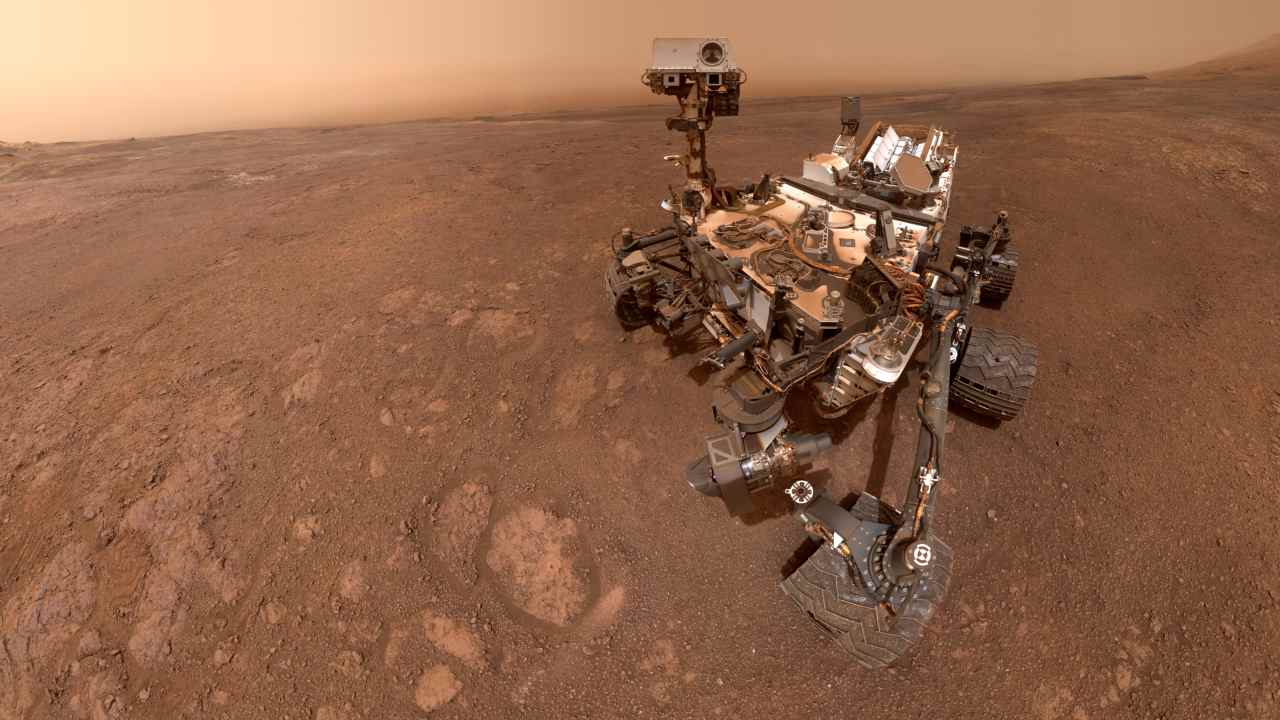FP TrendingAug 06, 2020 17:47:43 IST
Following its launch in November 2011, Curiosity Rover had reached Mars on 5 August 2012 and became NASA’s fourth rover on the planet. Its landing site is one of the best-understood regions on Mars today, the Gale crater, which was probably once a dry lake. The car-sized rover created by NASA has travelled a total of 23.06km on the Red Planet while providing us with several images and important data. Its official name is Mars Science Laboratory and its main mission remains to assess whether Gale crater could have supported life.

NASA’s Curiosity rover in its previous site location at Vera Rubin Ridge. Image courtesy: NASA/JPL
As Curiosity Rover completed eight Earth years on the Red Planet, here are some of its most exciting finds:
Microbes could have lived on Mars
Curiosity found that Mars was habitable for microbes many millions of years ago. By drilling samples of mineral from the mudstone at the Yellowknife Bay in Gale crater, it was found that streams might have flowed from the crater rim. The pool of the streams could have existed at the base of Gale’s central mountain.
Liquid water was present
In 2013, Curiosity found that water in liquid state existed on the Gale crater in the form of rivers and lakes that were ankle to hip deep. An aggregation of rocks was found on Mount Sharp that was mud originally located at the bottom of shallow lakes. The study was published in the Science journal.
Methane in atmosphere
Methane is a gas produced by living organisms or via reaction between rocks and water. Its active presence in the atmosphere of Mars is exciting, irrespective of the reason for its cause. Interestingly, the instruments aboard Curiosity had recorded unexplained increased levels of methane over a two-month period. According to a research paper, this implies that Mars is “episodically producing methane from an additional unknown source”.
Organic molecules detected
In 2015, the team working on Curiosity revealed that presence of chlorobenzene and other organic molecules were found in “multiple portions” of the drilled hole in the Sheepbed mudstone at Yellowknife Bay. This did not necessarily mean that life existed on the Red Planet.
Mars lost most of its original atmosphere
Our neighbouring planet currently has the isotopes of gases like carbon, hydrogen and argon present in its atmosphere. These heavier forms came after the original atmosphere was lost to space some four billion years ago. The Sample Analysis at Mars (SAM) instrument on Curiosity found that a substantial atmospheric loss hypothesis is strongly supported here.
Martian environment could be harmful for humans
One of the most important findings of Curiosity was the risk factor involved in sending manned missions to Mars. Human beings are protected from radiation on Earth by the atmosphere. But without this protection layer, expeditions on Mars could pose problems for us. Curiosity recorded radiation levels that would exceed NASA’s limit set for astronauts.
Find latest and upcoming tech gadgets online on Tech2 Gadgets. Get technology news, gadgets reviews & ratings. Popular gadgets including laptop, tablet and mobile specifications, features, prices, comparison.
Post a Comment